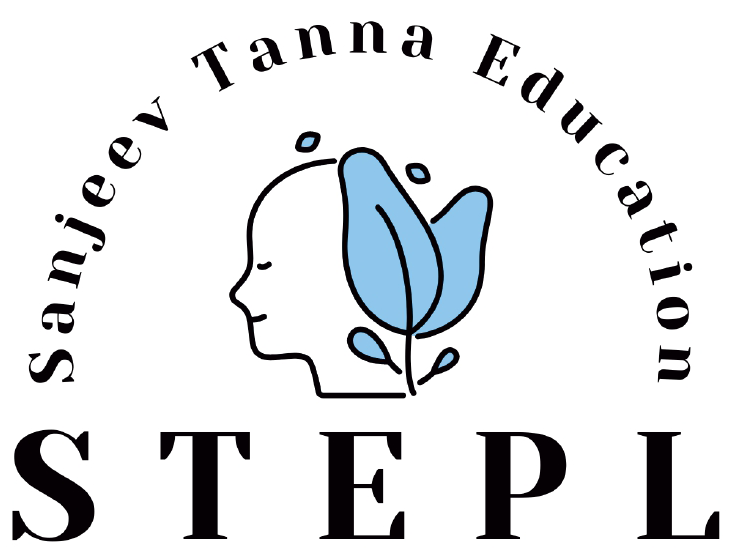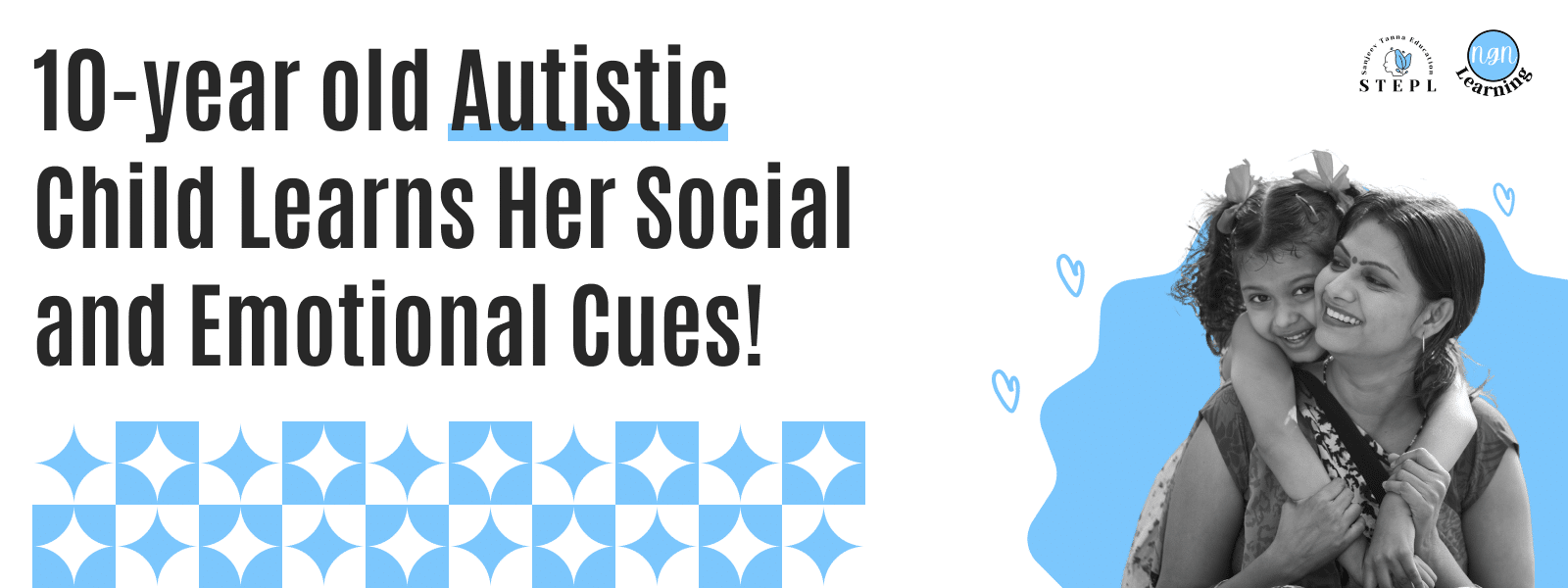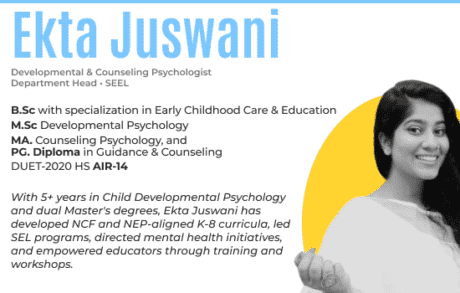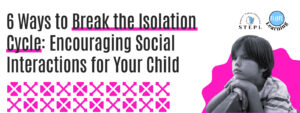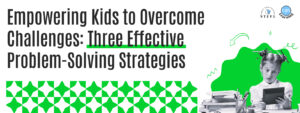10-year old Autistic Child Learns Her Social and Emotional Cues!
Meet Haana*, a 10-year-old autistic child from Mumbai, Maharashtra. Haana is bright and curious. Unfortunately, she was diagnosed with mild autism at an early age. Did you know that famous people like Elon Musk, Albert Einstein, and Charles Darwin have also been autistic? Like many kids with autism, Hanna found it challenging to understand social cues and express their feelings. (*name and place changed to protect the child’s identity)
We were fortunate that Haana’s mother reached out to us for assistance in fostering Haana’s social skills and aiding her comprehension and adaptation to her own and others’ emotions. So, our counsellor, Zahead, decided to teach her the Next Generation Nations Learning (NGN Learning) Social, Emotional, Ethical, and Logical Learning (SEEL) curriculum. NGN Learning offers preventive mental healthcare to all children and teens, irrespective of their circumstances, whether they are mainstream or have special needs.
Haana’s Transformation Journey
Initially, Haana struggled to make sense of messages and interactions with others. We devised a 9-month program for Haana. Let’s delve into what she gained from it. Presently, Haana is flourishing with elevated self-esteem and enhanced confidence in her interactions. While she can grasp her emotions, she still has progress to make in managing both hers and others. Nonetheless, it marks a promising beginning. Haana’s parents rejoice in witnessing her development with autism, recognizing it as a condition, not a disease.
What Haana is currently learning from us?
Growth Strategies
-
- Role-Playing
Haana practiced different social scenarios through fun role-playing activities. This helped her understand how to respond in various situations, boosting her confidence.
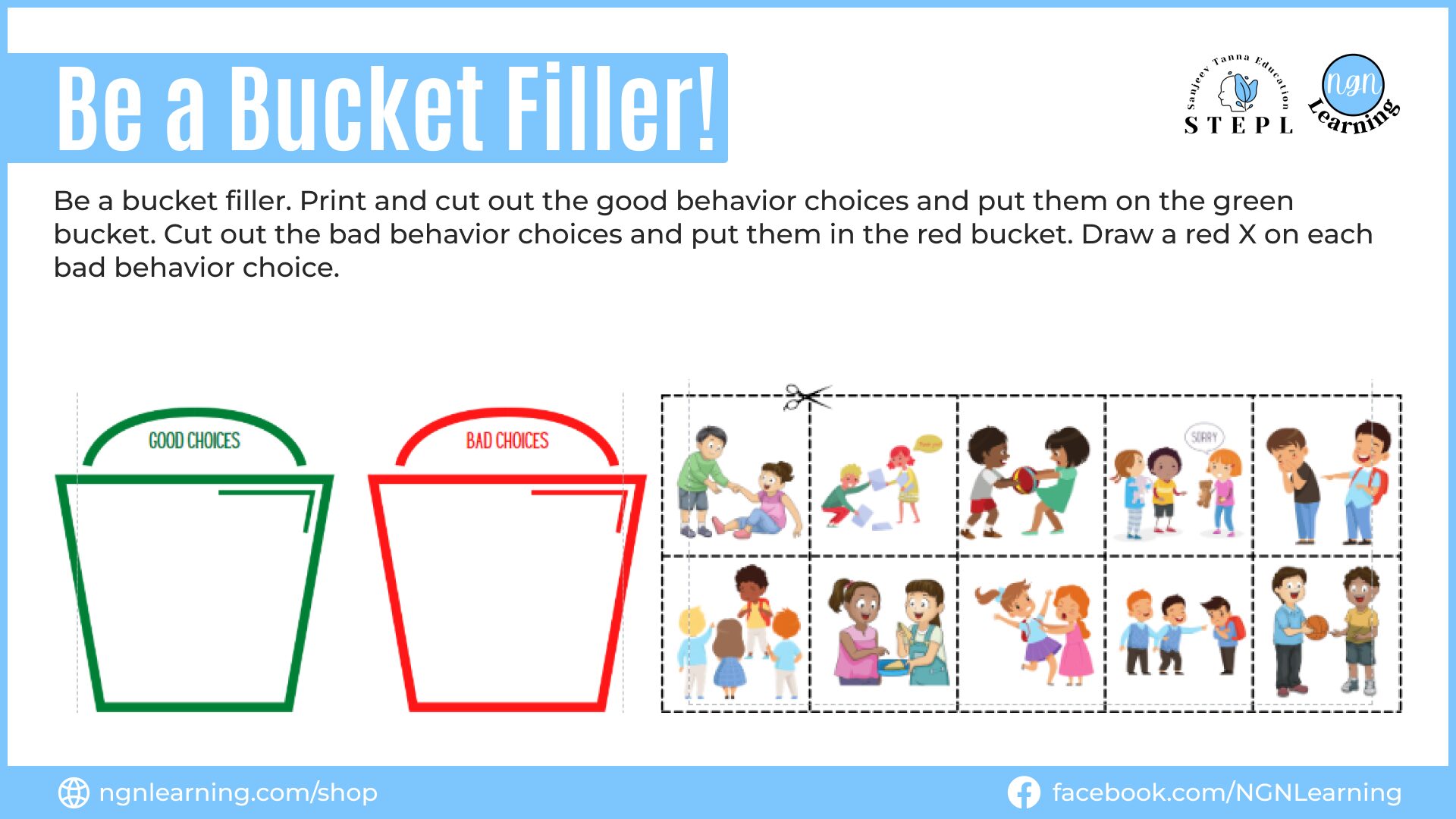
-
- Social Stories
Ms. Zaheda Jeewa, Haana’s counselor introduced her to social stories/rhymes that showed how to handle common social situations. These stories made it easier for her to learn appropriate behaviors and responses.
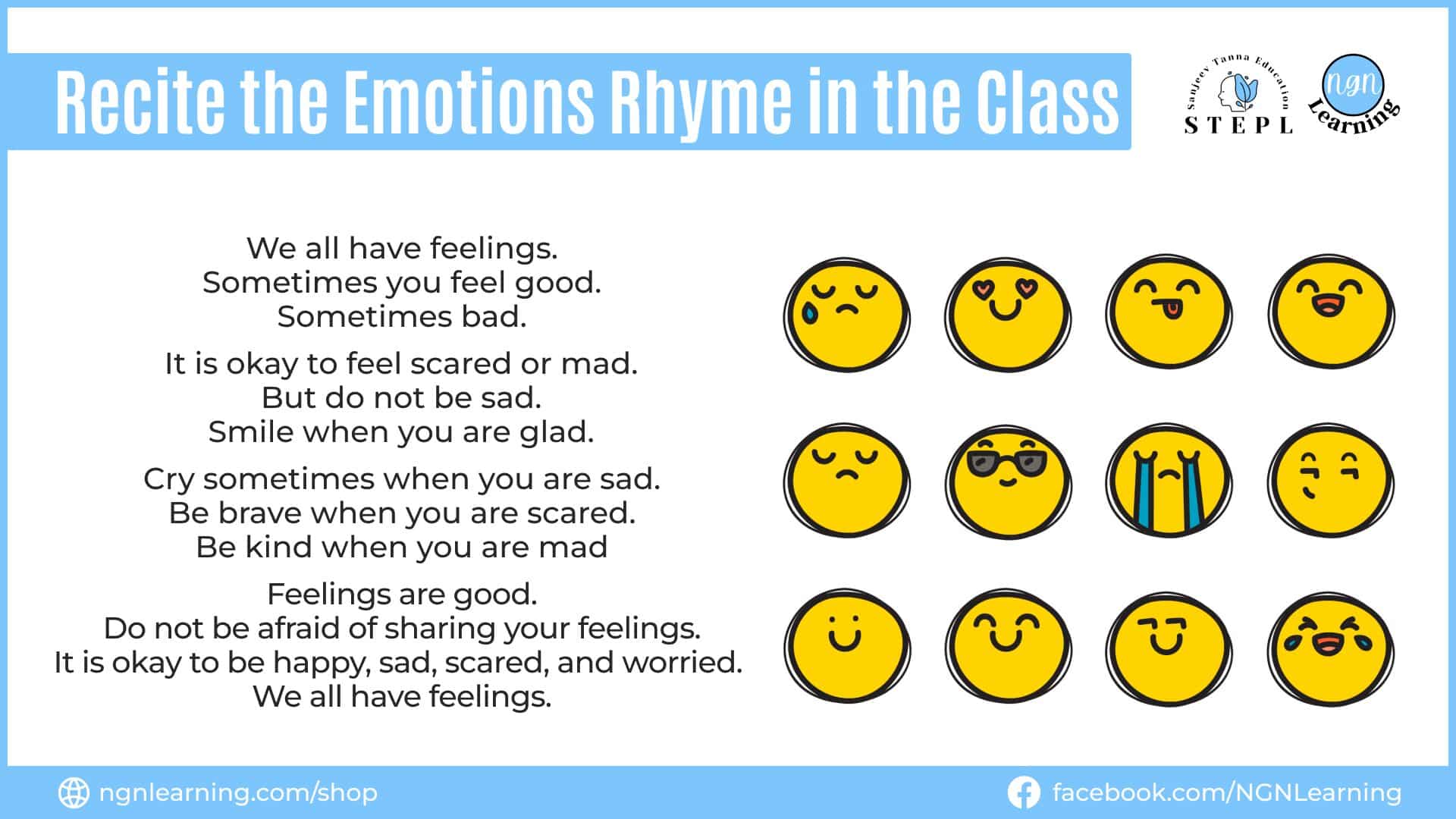
-
- Peer Interactions
Haana engaged with neurotypical peers through structured activities. This natural interaction helped her learn and practice social skills like making eye contact, greeting, and turn-taking while communicating with others in a supportive environment.
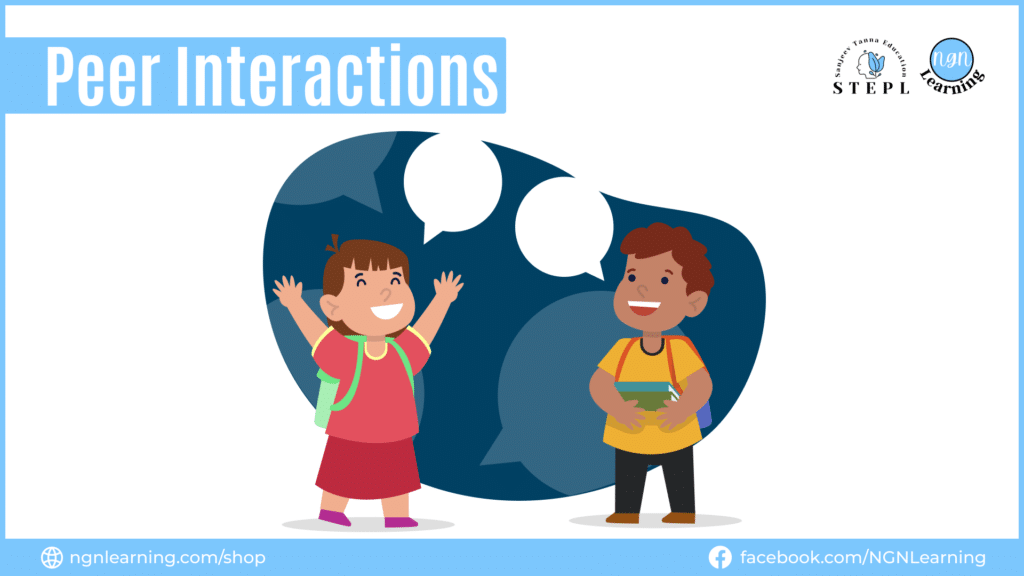
Emotional Growth Strategies
-
- Emotion Cards and activities
NGN Learning’s Social, Emotional, Ethical and Logical Learning (SEEL) used emotion cards to help Haana identify and express her feelings. This improved her emotional awareness and ability to communicate her emotions.
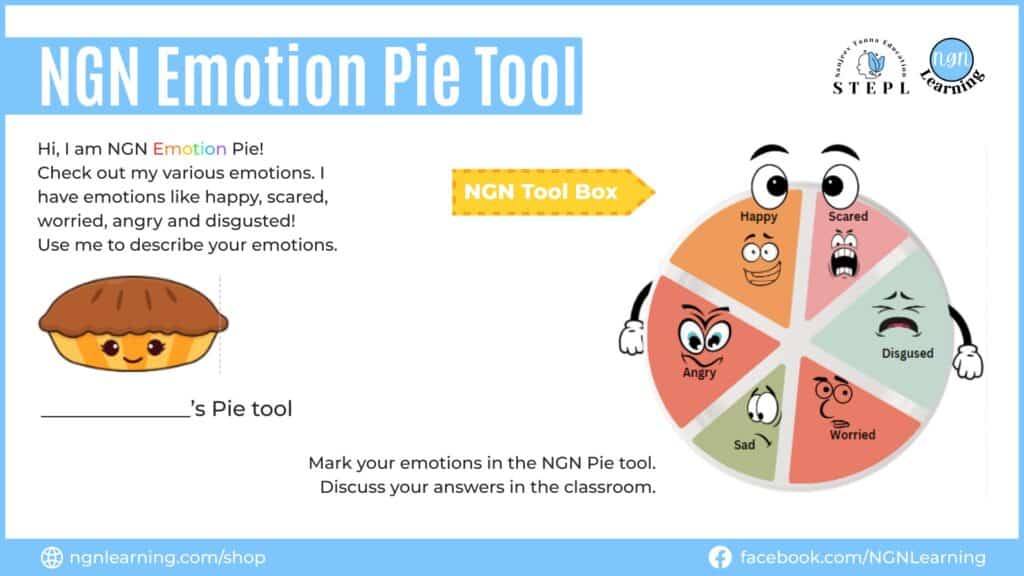
-
- Feelings Charts
With feelings charts, Haana could indicate how she felt throughout the day. This simple tool enhanced her self-awareness and emotional expression.
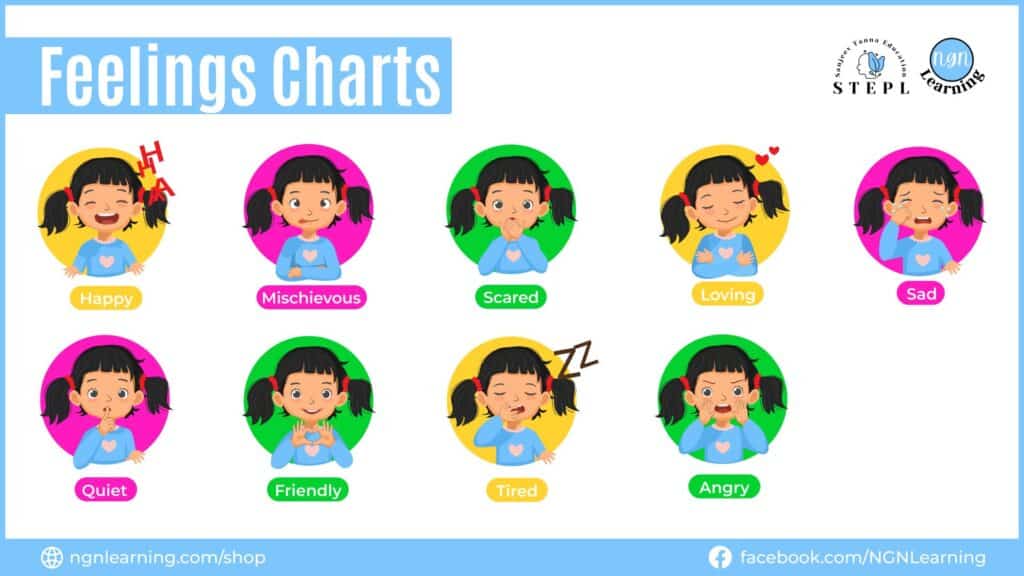
Family Involvement
-
- Parent Training
NGN Learning’s Social, Emotional, Ethical and Logical Learning (SEEL) provided workshops and seminars for Haana’s parents, giving them practical strategies to support her social and emotional development at home
-
- The Power of Positive Reinforcement
Haana’s progress was celebrated with positive reinforcement. Every small step forward was acknowledged, encouraging her to keep growing and learning.
-
- The Role of Technology
Haana used engaging educational apps designed to teach social and emotional skills through interactive activities, making learning fun and effective.
-
- Online Communities
Her family connected with other parents through online support groups, sharing experiences and advice, and building a strong support network.
A Proper Strategy for Parents
If you are a parent of a child with autism, consider the following strategies to support your child’s social and emotional growth, inspired by Haana’s journey:
- Engage in Role-Playing Activities:
- Practice Real-Life Scenarios: Create fun and engaging role-playing activities to practice social interactions like greeting others, taking turns, and responding to different social cues.
- Use Props and Costumes: Make role-playing more engaging by using props and costumes to bring scenarios to life.
- Utilize Social Stories:
- Develop Customized Stories: Create or find social stories that address specific situations your child might encounter, helping them understand and respond appropriately.
- Incorporate Visuals: Use illustrations or pictures to make the stories more relatable and easier to understand.
- Encourage Peer Interactions:
- Structured Playdates: Organize structured playdates with neurotypical peers to provide natural learning opportunities for social skills.
- Monitor and Guide Interactions: Be present to guide and facilitate positive interactions, helping your child learn in a supportive environment.
- Use Emotion Cards and Feelings Charts:
- Daily Emotion Check-Ins: Use emotion cards and feelings charts to help your child identify and express their emotions regularly.
- Model Emotional Expression: Demonstrate how to express emotions appropriately, providing a model for your child to follow.
- Get Involved in Parent Training:
- Attend Workshops and Seminars: Participate in training sessions to learn effective strategies for supporting your child’s social and emotional development.
- Apply Strategies at Home: Consistently apply the techniques learned in training to reinforce your child’s growth at home.
- Implement Positive Reinforcement:
- Celebrate Small Wins: Recognize and celebrate every small step your child takes towards social and emotional growth to motivate and encourage them.
- Use Rewards: Implement a reward system to provide positive reinforcement for their progress.
- Leverage Technology:
- Educational Apps: Use engaging and interactive educational apps designed to teach social and emotional skills in a fun and effective way.
- Join Online Communities: Connect with other parents through online support groups to share experiences, advice, and build a strong support network.
Concluding Message
Haana’s story demonstrates that, with the right support and strategies, children with autism can make significant strides in their social and emotional development. By engaging in role-playing, using social stories, encouraging peer interactions, employing emotion cards and feelings charts, getting involved in parent training, implementing positive reinforcement, and leveraging technology, parents can play a crucial role in their child’s growth.
If Haana’s journey has inspired you, consider exploring programs like NGN Learning’s Social, Emotional, Ethical and Logical Learning (SEEL) to help your child thrive. Share Haana’s story with other parents, and together, we can create a supportive community that fosters the social and emotional growth of our children.
